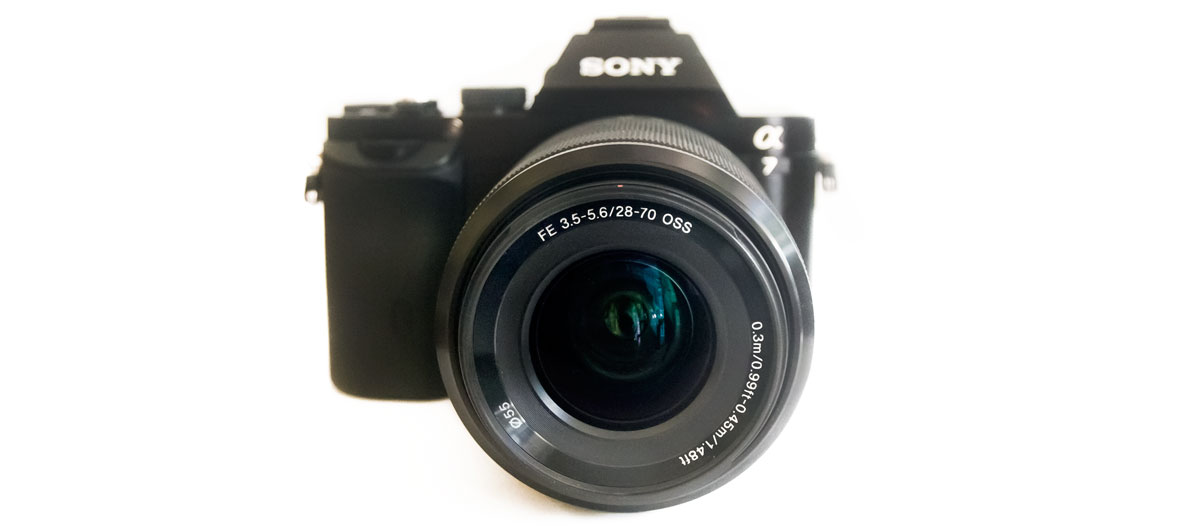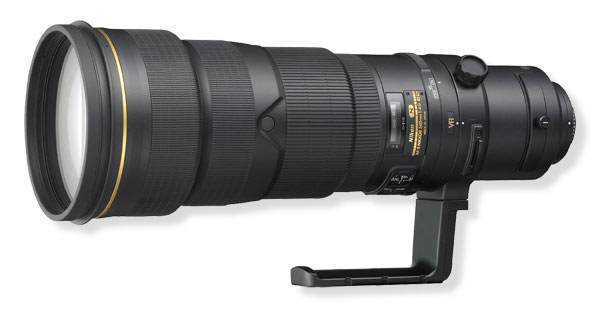We may earn a commission when you purchase through affiliate links. Learn more.
Camera lenses are made up of multiple glass elements that help to focus light onto a digital camera’s sensor. These elements can be produced in a variety of forms and are arranged inside the barrel of a lens to reduce optical flaws.
As with digital cameras, it’s not always important to buy the most expensive lens in order to take good photos, but the quality of your lens and the lens elements is critical, since a lens with excellent optical properties is needed to capture sharp, bright photos.
When light passes through multiple lens elements with each of them potentially reducing the detail if they’re not of high quality, you can understand why the resulting photos might not be very sharp when using a low quality lens.
Many photographers believe that the biggest equipment investment should be in good lenses. A relatively inexpensive camera can often produce very good results with a high quality lens, but even the most expensive camera will be limited by a low quality lens. Camera and sensor technology is evolving at a staggering speed, but a high quality lens will be something you can continue to use for many years with many different camera upgrades, provided you stay with the same brand.

Anyone who’s ever taken a look at a camera lens like the Sony 28-70mm F3.5-5.6 FE OSS lens pictured above will undoubtedly have seen many numbers on them which tell photographers what the lens’s capabilities are. The two main things these numbers tell us are the focal length of a lens and what the lens’s maximum apertures is. In this case, we can see that the focal length of the lens is 28-70mm and the maximum apertures are f/3.5-5.6…but what does this really mean? We’ll go over what these lens specifications are actually referring to in the next lesson!

